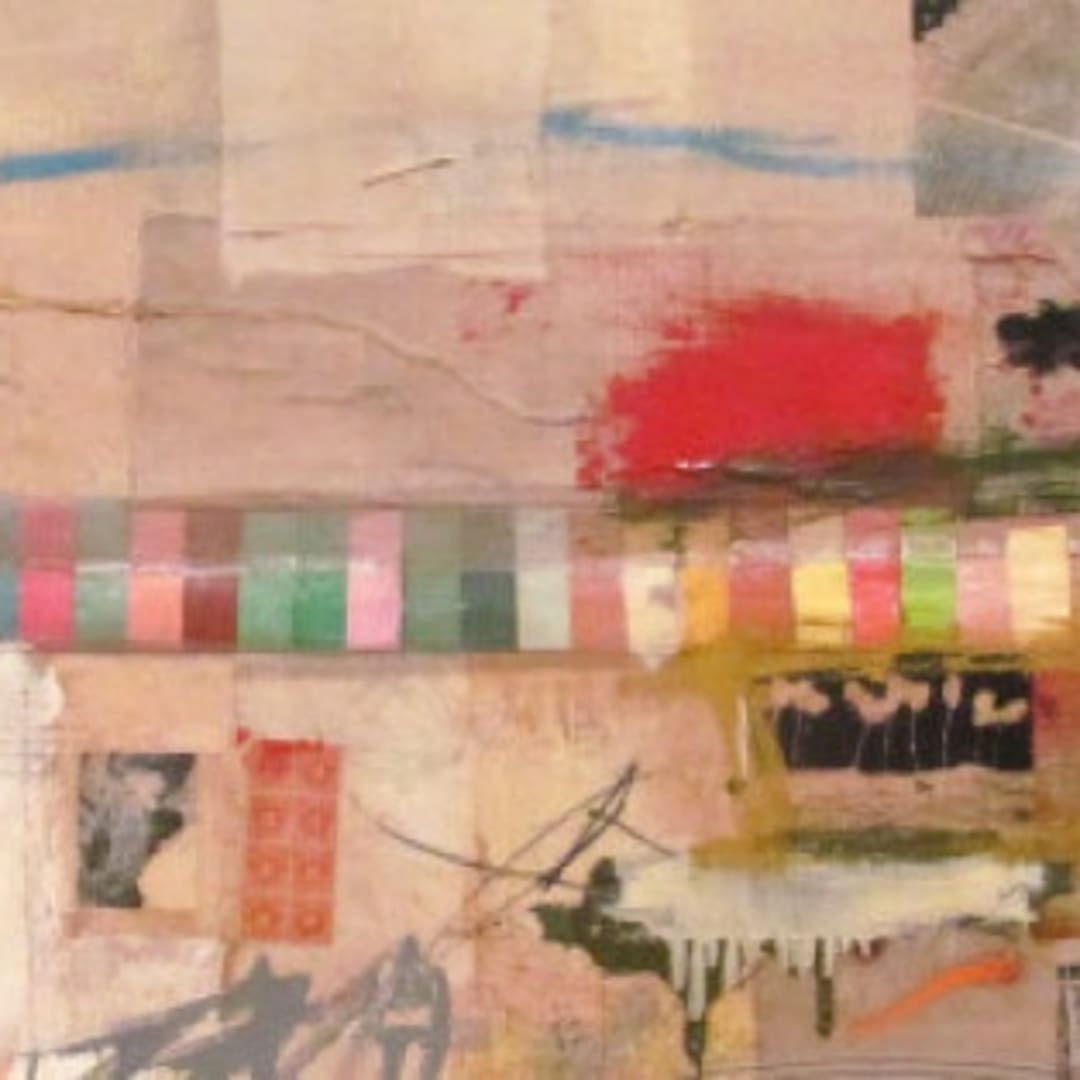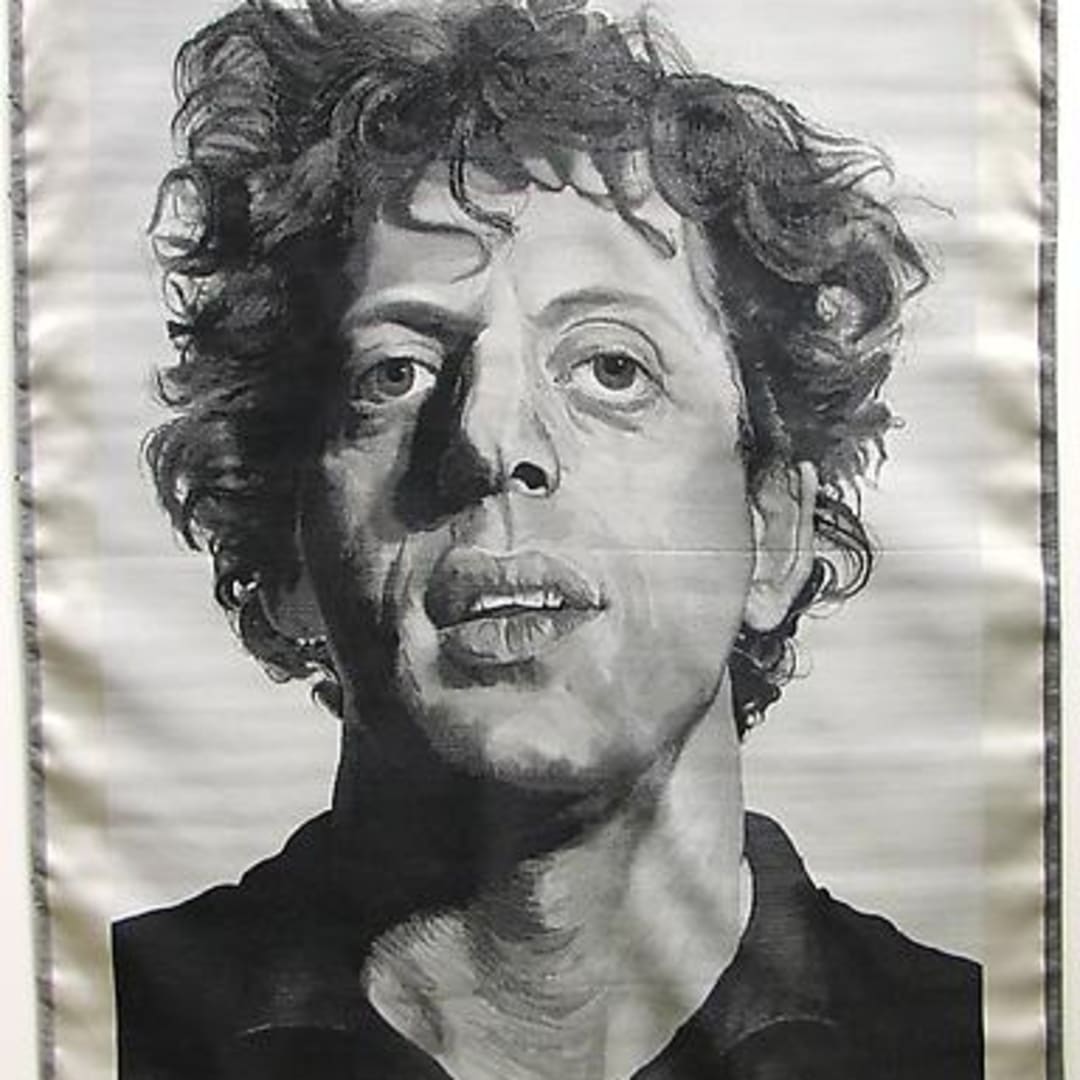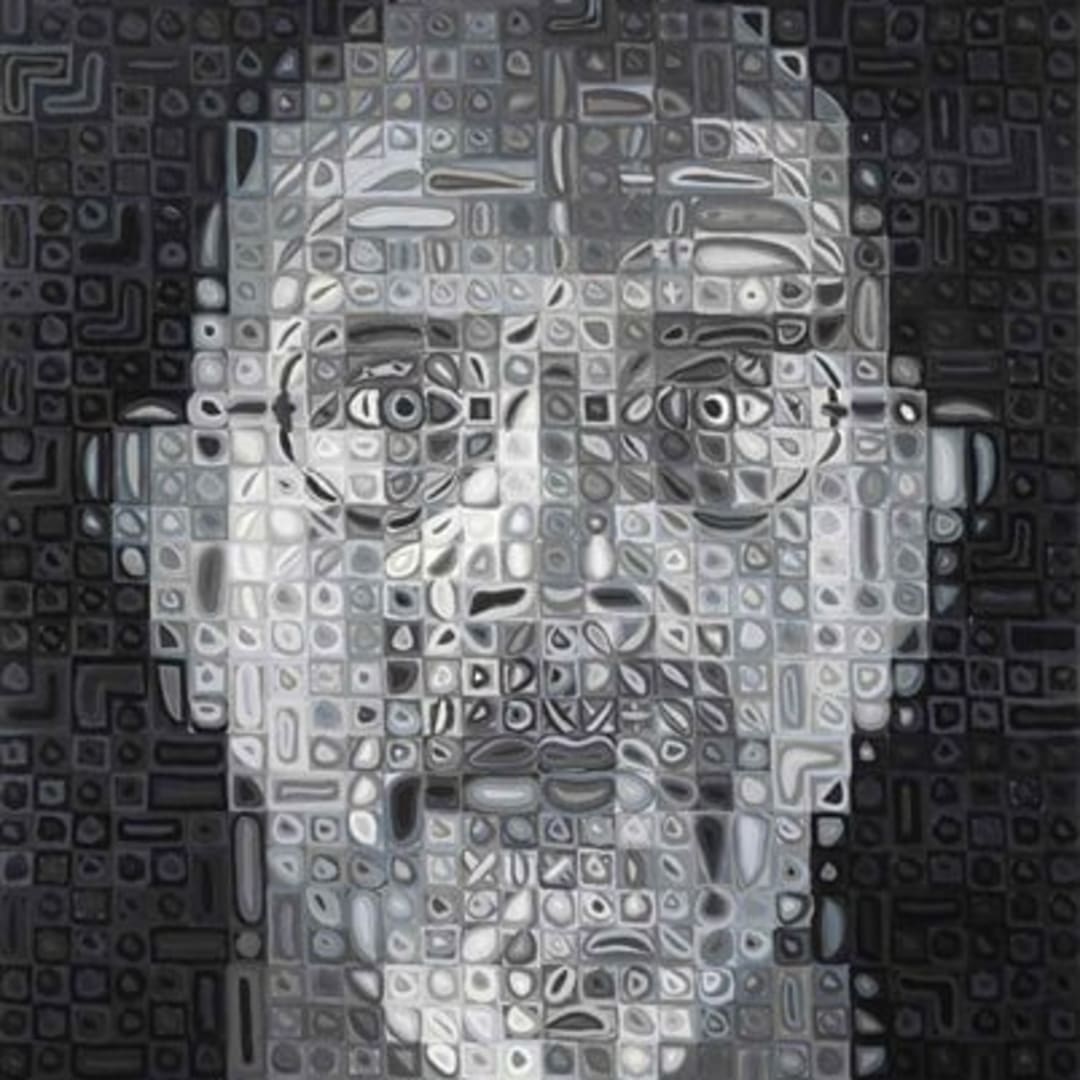The works of Chuck Close have garnered historically high prices at auction. Close and other artists would like a percentage of the auction price, but, after a seven-year legal battle, the judges of the Ninth Circuit Court of Appeal said that’s not going to happen.
The History of Droit de suite
The practice of droit de suite, French for right to follow, began in Europe at the end of the nineteenth century. The idea was to help “starving artists” and their families receive some compensation from the sale of their work. Resale royalty laws for artists are in effect in more than sixty countries, including Australia and most of the countries in the European Union.
The droit de suite laws vary from country to country and, in the United States, it has only been in effect in California. The California Resale Royalty Act became law thanks, in part, to Robert Rauschenberg.
Rauschenberg sold his 1958 painting Thaw to art collector Robert Scull for $900. When Scull sold part of his collection at a Sotheby’s auction, and the painting went for $85,000, Rauschenberg began his campaign to have artists compensated for their work when it is resold. He was initially unsuccessful, but in 1976 the California Resale Royalty Act finally became law. The Act gave artists a royalty payment, under limited circumstances, and only in California.
Chuck Close’s Legal Battle
In 2011, Chuck Close, Laddie John Dill and Robert Graham’s estate filed a suit against Christie’s, Sotheby’s and eBay that asked for royalties after the resale of their work. A few weeks ago, the court shot down the California law, saying that it conflicts with the federal Copyright Act.
The copyright law protects composers, writers, filmmakers and other creators, who may receive royalties for their work, but does not do the same for visual artists. The copyright law’s first-sale doctrine states that once a copyright owner sells work for the first time, they lose control over future sales.
Chuck Close at Auction
What Chuck Close, and the other artists who brought the suit, were hoping for, was a part of the proceeds from high auction sales.
Close’s portraits have commanded high price at auction. Phil, 1983 portrait of Phillip Glass, sold at Sotheby’s New York in 2006 for $3.2 million. His 2007 Self-Portrait sold at Christie’s New York for $2.4 million in 2015. Close’s record stands at $4.8 million, for John, 1971–72, which sold at Sotheby’s New York in May 2005. Close’s estimated net worth has been estimated at $25 million.
Chuck Close For Sale at VFA
Please contact us if you would like more information about the Chuck Close Artwork for sale at VFA.
Jori Finkel Appeals court largely strikes down California’s artist resale rights law The Art News July 10, 2018.
Angela M.H. Schuster New York’s Richest Artists: Cindy Sherman, Chuck Close and More The Observer December 10, 2014
Rain Embuscado Here Are Chuck Close’s 10 Most Expensive Works at Auction artnet news July 14, 2016.






